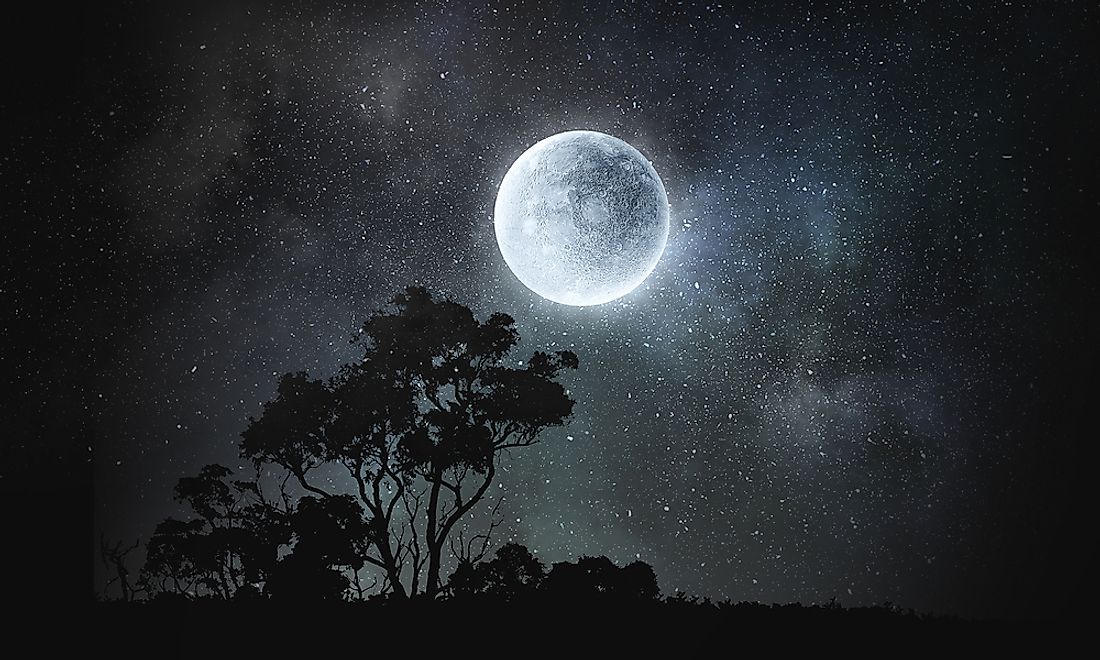How Often Is There A Full Moon?

A full moon is a lunar phase characterized by the moon appearing illuminated from the earth’s point of view. The lunar phase occurs when the world is situated right between the Moon and the sun (that is when the sun’s and the moon’s ecliptic longitudes differ by 180 degrees). During this phase, the lunar hemisphere facing planet earth is fully lit by the sun thus making it appear circular while the other end is dark. The full moon is seen after every 29.5 days and at least 14 times a year. Eclipse of the moon occurs when it is in the earth’s shadow and only when the full-moon appears around the descending or ascending node of its orbit which is approximately after six months.
What Are The Characteristics Of A Full Moon?
The lunar phase is believed to be an all-night event, but this is not the case since it is visibility from earth continuously wanes. Maximum illumination takes place when the wanes stop, and half of these maximum full moons can be viewed from any location at night, and the other half during the day when it is below the horizon.
What Is A Supermoon?
A supermoon is larger than an average full-moon which occurs when it is near its closest path to the world. A supermoon is a phase whereby the full moon occurs too close to the earth on the night of the full moon, and it is about 14% bigger than its standard counterpart and also 30% brighter. Although the average distance of the moon from earth is constant at 238,000 miles, the orbit is not circular therefore the distance will vary; which is the reason why we have supermoons.
A supermoon occurred on December 12, 2008, when it was closer than it has ever been in the last fifteen years. Another full supermoon occurred on March 19, 2011, and also on November 14, 2016. The January 2018 full moon will occur during a total lunar eclipse making it a blue moon.
How Often Do We Experience Two Full Moons In A Month?
The average calendar evolved from the lunar calendar and therefore the 12 months of the year are not aligned with the cycle of the moon. There are a couple of months in a year which experience two full moons. According to the National Aeronautics and Space program (NASA), the earth will experience two full moons twice in January and in March in 2018. NASA has predicted that the full moon of January 31, 2018, will be a blue moon.
What Are Some Of The Traditions And Folklore Associated With A Full Moon?
Traditionally the full moons have been associated with insanity, insomnia, and numerous magical phenomena like lycanthropy. Although psychologists argue that there is no evidence of the effects of the full moon on the human behavior, there are multiple reported incidents of dogs biting people. Some of the studies conducted on this belief are not consistent. A survey conducted in Bradford Royal showed an increase of dog bites during the full moon. Another study by the Australian Public Hospitals confirmed that the dog bites occurred less during the night of the full moon. These studies proved relevant to canines instead of human beings.











